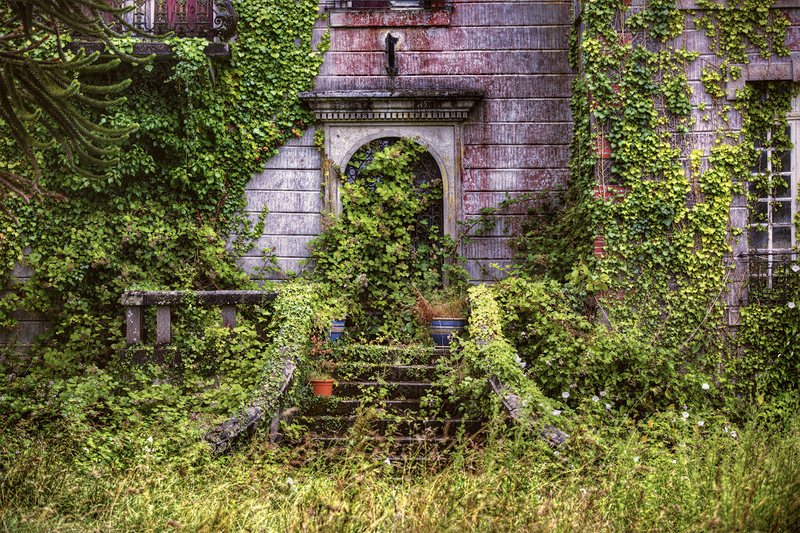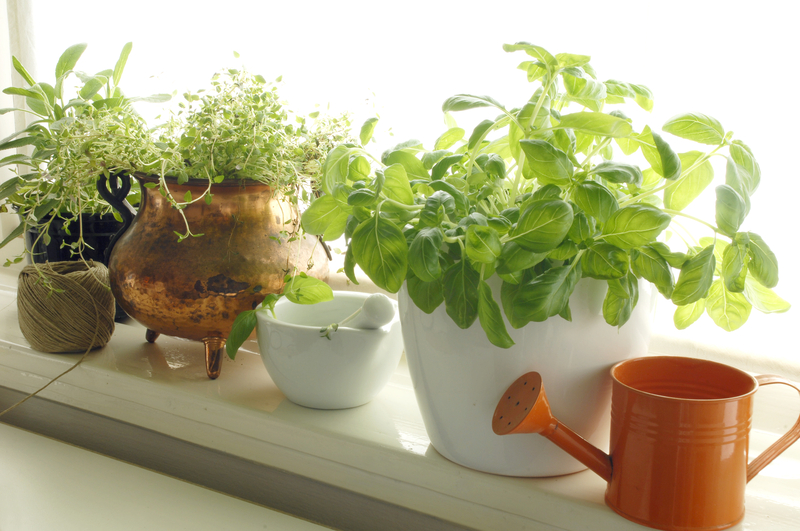Creating an Allergen-Safe Garden Space
Posted on 21/03/2025
Gardening can be a fulfilling and therapeutic hobby, but for individuals with allergies, it can also be a source of constant discomfort. Pollen, mold, and certain plant allergens can turn a delightful day in the garden into a sneeze-filled ordeal. Fortunately, with thoughtful planning and mindful plant selection, you can create an allergen-safe garden space. This article will guide you through the process of developing a garden that minimizes allergens, allowing you to enjoy the beauty and tranquility of nature without the sniffles.
Understanding Allergens in the Garden
To create an allergen-safe garden, it's essential to understand what allergens are and how they affect people. Common garden allergens include pollen, mold spores, and plant sap. These allergens can trigger symptoms such as sneezing, itchy eyes, runny nose, and even asthma attacks.

Choose Low-Allergen Plants
The first step in designing an allergen-safe garden is to select plants that produce minimal allergens. Plants such as roses, daffodils, and begonias are typically low-pollen producers. Additionally, opt for female plants, as male plants are often the pollen producers. Here are some low-allergen plant suggestions:
- Hydrangeas
- Bougainvillea
- Hostas
- Hibiscus
- Camellias
Avoid High-Allergen Plants
Steer clear of high-pollen plants like grasses, ragweed, sunflowers, and daisies. These plants release significant amounts of pollen into the air, exacerbating allergy symptoms. Additionally, avoid planting trees like birch, oak, and cedar, which are known for their high pollen production.
Control Mold Spores
Mold spores are another common allergen in gardens, thriving in damp, shaded areas. To control mold growth, ensure proper drainage in your garden. Avoid overwatering, and regularly clean up fallen leaves and plant debris. Using mulch made from rocks or gravel instead of organic materials can also help reduce mold growth.
Install Hardscaping Elements
Incorporating hardscaping elements such as stone paths, patios, and raised beds can minimize the amount of soil and organic matter exposed, reducing mold and allergens. Hardscaping can also add visual interest and functionality to your garden space.
Regular Maintenance
Maintaining your garden is crucial in keeping allergens at bay. Regularly mow the lawn, trim bushes, and weed flower beds to prevent allergen buildup. Wear a mask while gardening to protect yourself from inhaling allergens. Washing up after gardening is equally important; consider taking a shower and changing clothes to remove any allergens clinging to your skin and clothing.
Pros and Cons of Creating an Allergen-Safe Garden
Pros:
- Reduced allergy symptoms
- Increased enjoyment of outdoor space
- Lower maintenance with fewer allergen-producing plants
- Enhanced resale value of property with an appealing, allergen-safe garden
Cons:
- Limited plant selection
- Potential higher initial costs for hardscaping and specialized plants
- Regular maintenance required to keep allergens under control
- Possible need for professional landscaping advice
Tips for an Allergen-Safe Garden
- Plan ahead: Research and plan your garden layout and plant choices before beginning.
- Use mulch wisely: Opt for inorganic mulch like rocks or gravel to prevent mold growth.
- Garden hygiene: Regularly clean up fallen leaves and plant debris to avoid mold and pollen buildup.
- Stay informed: Keep track of local pollen forecasts and adjust your gardening activities accordingly.
- Protect yourself: Wear protective clothing and a mask while gardening to minimize exposure to allergens.

Takeaways
Creating an allergen-safe garden requires careful planning and regular maintenance. By choosing low-allergen plants, avoiding high-pollen producers, and incorporating hardscaping elements, you can significantly reduce allergens in your garden. Regular upkeep and personal protective measures are essential to maintain an allergen-safe environment.
Conclusion
An allergen-safe garden is not only possible but can be a beautiful and enjoyable space for those with allergies. With thoughtful plant selection, diligent maintenance, and strategic garden design, you can minimize allergens and maximize your outdoor enjoyment. By following the tips and strategies outlined in this article, you'll be well on your way to creating a garden oasis where you can breathe easy and savor the beauty of nature.




